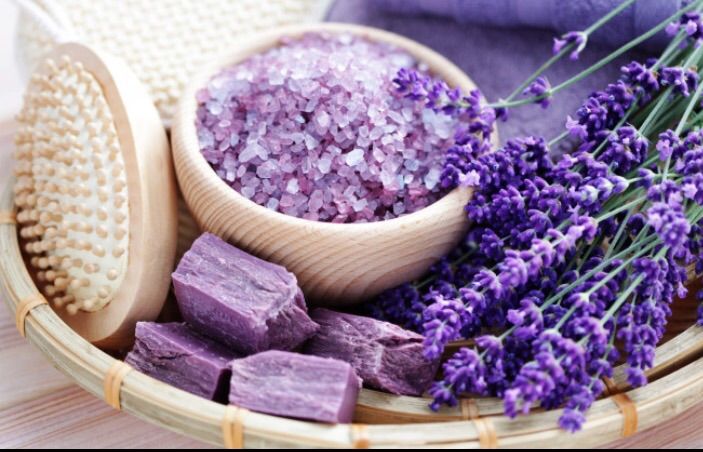

My favourite pairing is roasted potatoes with rosemary. It’s a delicious addition to many recipes. It has been classified as safe by the FDA. Yes absolutely! Rosemary is a very safe herb to eat in normal quantities. Any advice given here is my own opinion and should in no way substitute a medical professional’s advice. If you are having medical problems, we urge you to go to a trained doctor. Because it stimulates circulation, particularly to the head and brain (hence why it’s good for concentration), it can help to prevent the premature loss of hair.ĭisclaimer: I am not a medical professional. Rosemary oil has also been suggested as a treatment for hair loss.
#Lavender magical properties skin
Rubbing rosemary oil onto the skin will increase circulation which can help to relieve muscle aches and is especially good for people with arthritis. It can help with digestion problems, heartburn, gas and loss of appetite. It can help to treat gout, coughs, headaches, blood pressure problems, stress and depression. Medicinally, rosemary had a myriad of uses. Wearing a sprig on your coat is common during Anzac Day in Australia and New Zealand although this is now being taken over by the poppy. Rosemary is still linked to remembrance today and is often worn at memorial events.

The Ancient Greeks also believed that rosemary helped with memory and scholars were known to wear rosemary crowns to help improve their memory while they were taking exams. The male ego of the middle ages was out of control! Imagine being so fragile that you were intimidated by a herb bush? Guests would wear rosemary so that they could better remember the event. Wearing a remembrance herb meant that it was more likely that the bride and groom would remember their sacred vows to each other. It’s thought that this tradition was started because rosemary could improve your memory and recall. The bride would wear a headdress which would feature rosemary and the groom and guests would also wear a sprig attached to their clothing. It used to be very common for a couple getting married to incorporate rosemary into their wedding. The idea that rosemary provided protection and purification still continues today and it is often used to purify sacred places. It was placed under pillows to ward off nightmares and was burned in houses to keep away the plague. During the Middle Ages (5th to the 15th centuries) it was used to ward off negative energies and evil. Rosemary was brought to the Americas by European settlers during the 17th century from where it spread to the rest of the world. Jeanne of Valois intended that the herbs be planted in the palace gardens and since then many of these herbs have been staples in English cottage gardens. The original letter Jeanne sent still exists and is in the British Museum.

In 1338 Jeanne of Valois sent Queen Phillippa a letter describing the uses of many different types of herbs along with a cutting of each herb. Charlemagne is credited with the spread of herb gardens in England. He was a herb friend and ordered rosemary, along with many other herbs, to be grown in the kitchen gardens of nunneries and monasteries.Ī painting of King Charles the Great by Jean Louis Ernest Meissonie. It’s thought that Charles the Great is responsible for spreading rosemary around England. However, there are no direct records of this and the first mention of it is in the 8th century. We assume that the Romans introduced it when they invaded England during the 1st century. There are no records stating exactly when rosemary first arrived in England. There is no more written evidence of rosemary until it appeared in Pedanius Dioscorides’ “ De Materia Medica” which was published between 50-70AD.Īt some point in the early 200s, during the Han Dynasty, rosemary made its way to China. We’re all aware of Eastern Medicines’ love of herbs so rosemary probably made a wonderful addition to their healing herb portfolio. Sprigs of it have been found in tombs from as early as 3000BC. The Ancient Egyptians used rosemary in their burial rituals, maybe due to its antifungal and antibacterial properties which would have helped in the mummifying process. It is native to the Mediterranean region and written evidence of it first appeared on stone tablets in Mesopotamia from around 5000BC. Don’t you love these old botanical drawings of plants? The History of Rosemary


 0 kommentar(er)
0 kommentar(er)
